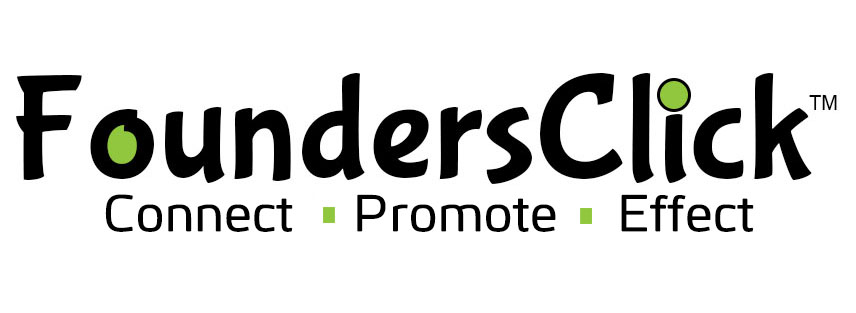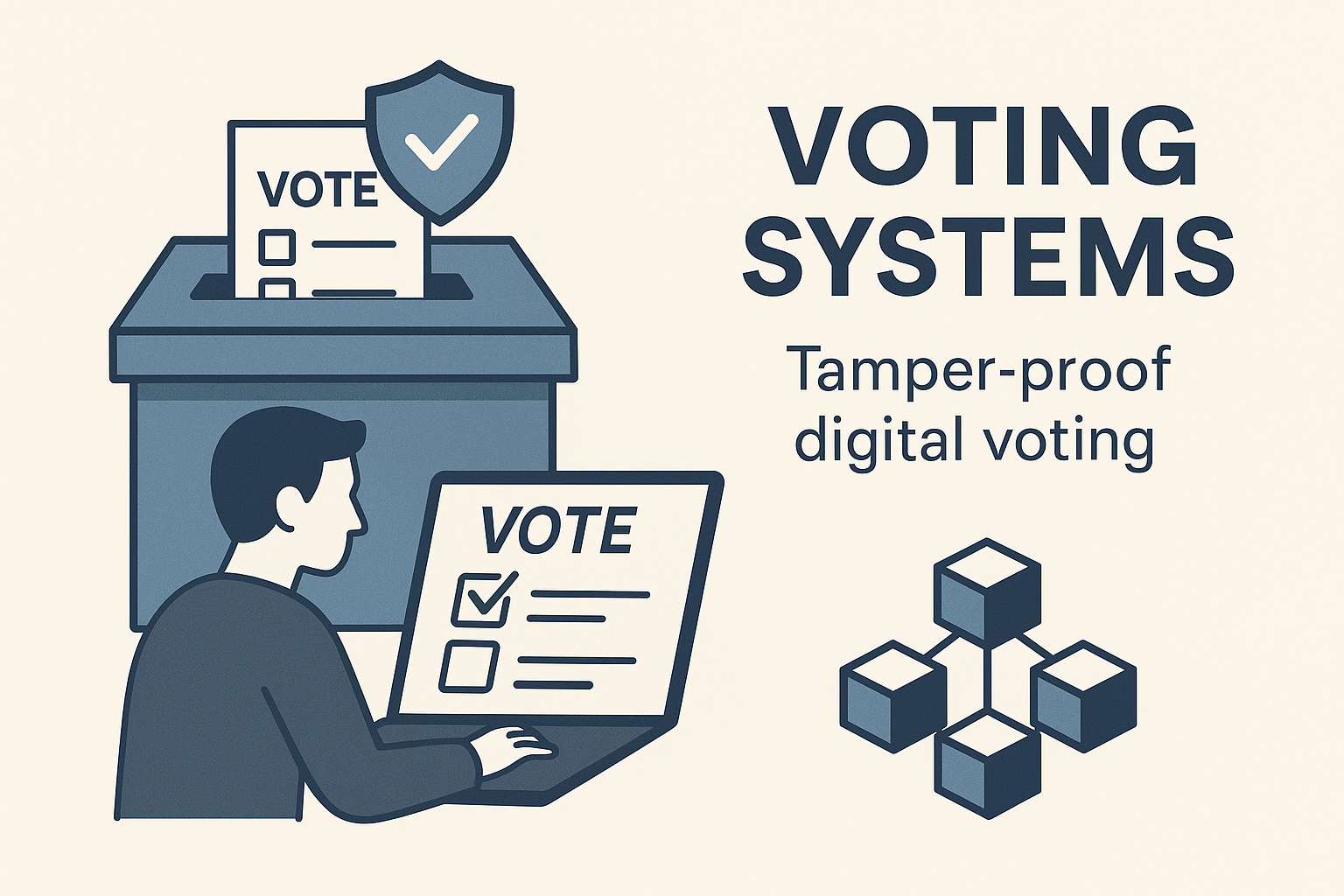Voting Systems – Tamper-Proof Digital Voting
Blockchain technology can play a transformative role in creating secure, transparent, and tamper-proof voting systems. Here's how blockchain could revolutionize digital voting:
How Blockchain Enhances Voting Systems:
-
Immutability: Blockchain's core feature is its immutability, meaning once data is written onto the blockchain, it cannot be altered. In the context of voting, once a vote is cast, it becomes a permanent part of the ledger. This prevents any manipulation or tampering of voting records after the fact.
-
Decentralization: Traditional voting systems often rely on central authorities that could be vulnerable to hacking, errors, or fraud. Blockchain operates on a decentralized network of nodes, which makes it much harder to hack or manipulate the system since there’s no single point of failure.
-
Transparency and Auditability: Blockchain provides full transparency, allowing anyone to verify the authenticity of votes and the results. Voters, auditors, and third-party organizations can independently check if the voting process was carried out correctly without violating voter privacy.
-
Security and Privacy: Cryptographic techniques used in blockchain ensure that votes are securely encrypted and can only be accessed by authorized parties. Blockchain can also incorporate mechanisms like zero-knowledge proofs, where the voter’s identity and vote are kept private, but the authenticity of the vote can still be verified.
-
Elimination of Voter Fraud: Blockchain can solve many challenges related to voter fraud. Each vote can be tracked in real-time and validated to ensure it hasn’t been duplicated or tampered with. Additionally, the identity of voters can be verified using digital signatures or biometric data, preventing fraud like voting under false identities.
-
Accessibility: Blockchain-powered voting systems could enable more accessible voting, especially for remote areas or people with disabilities, as people could vote securely from anywhere with an internet connection, reducing barriers to voting and increasing overall participation.
Key Benefits of Blockchain Voting:
-
Prevention of Tampering: Once a vote is recorded, it is nearly impossible to change or erase, reducing the potential for fraud.
-
Increased Trust: With blockchain’s transparency and security, voters can trust that their vote was counted accurately.
-
Faster Results: Blockchain can enable the real-time tabulation of votes, providing faster election results while maintaining security and accuracy.
Real-World Examples & Potential:
-
Estonia: Estonia has pioneered the use of digital voting with blockchain, allowing citizens to vote securely online in national elections.
-
Voatz: A U.S.-based voting platform has used blockchain for secure mobile voting in local elections, especially for military personnel stationed abroad.
Blockchain offers the promise of a secure, tamper-proof voting system, potentially changing how elections are conducted around the world. However, challenges like scalability, ensuring voter identity verification, and cybersecurity still need to be fully addressed before widespread adoption.

 SkillClick
SkillClick
